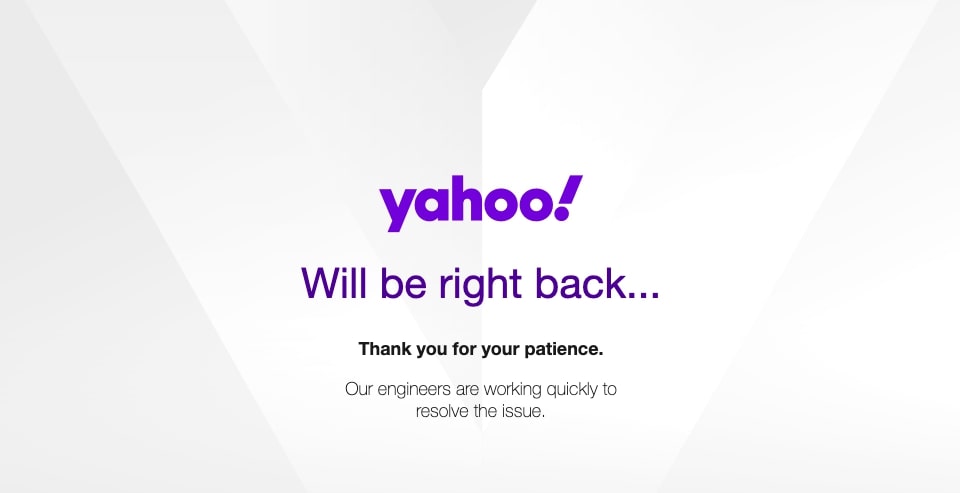How to Choose the Right Pricing Strategy for your Mobile Application Project?
Businesses have been changing due to the evolution of the smartphone. Now everyone needs to have an app to make sure that their business is successful. Be it a multinational corporation or an SME; both would be needing an app to cater to their customers. But building an app is now not that easy. With so much competition and changes coming in every day, the cost to build an app is rising. As a result, businesses need to pick the right pricing strategy to profit through their app.
Hundreds of thousands of applications are available in Apple and Google Play. And there are many more coming in each day, week, and month—a wise individual attempts to enter the industry after conducting studies on it. Before we get into the specifics of pricing structures for the cost of a mobile app, let’s define pricing strategy.
What Exactly Is a Pricing Strategy?
App development is an investment. Therefore, you would want to maximize your return on investment. So, pricing strategy is how you make money from your app. If you wish to maximize your return on investment, you must first determine a pricing model before beginning.
A pricing strategy could appear simple, but that is not the case. This is because numerous variables must be taken into consideration before finalizing the pricing policy. As previously stated, there are many applications available, so you must perceive your competitors’ pricing to prevent overcharging or undervaluing. In addition, it is critical to maintaining a coherent level of business conversion, revenues, and advertising outcome. Pricing strategies are classified into four types and are:
Free
Google apps have a plethora of apps that are free and easily available to download. These apps have no download cost and are free for consumers. The app is available to install, and advertising is the primary root of revenue. So, this strategy has done wonders for the TV industry; why not? It can do the same for apps.
The app includes vouchers, special offer notifications, or other details that can entice the visitor to respond. Thus, you can use the application to pique people’s attention and allow their interactions with the brand more convenient and reliable.
The biggest advantage is that people always prefer free apps over paid ones. Also, it can help get more downloads in comparison with apps that charge money. However, on the other hand, you would need a huge userbase to generate a revenue stream. Moreover, there is a chance that users would stop using your app because they find ads distracting.
Freemium
This type of strategy is widely common for mobile games. There are two ways through which you can make money. Either you offer a free version to the customers, and then they would have to pay for it once the free trial is over. Or they can download and use the app for free but can only access a premium function if they pay for it.
Like everything else, this strategy has some pros and cons as well. For example, it would entice a large number of users and increase online visibility. Moreover, once users see the application’s capabilities, they might be ready to spend on it. But, all in all, a freemium app, if sufficiently established, can be a lucrative source of revenue.
On the drawbacks side, you would need to manage the updates properly regularly. In addition to that, the notifications for updates must be put correctly, or they will infuriate users.
Paid
Users must pay a fee to install these apps. Because of the prominence of android devices, paid apps are thought to be the least efficient. To capitalize on this price strategy, businesses provide users with a free trial for some time.
If you wish individuals to install these apps, you must support them with persuasive advertising campaigns. You must ensure that users comprehend that perhaps the fee they spend is a reasonable investment. It will provide them with numerous perks after installing the app.
The best part about these apps is that you can establish a revenue base for yourself. Moreover, it increases your ratings and builds a loyal customer base. However, you might lose a big chunk of users due to that payment option. Also, those who are willing to pay would have some high expectations from the app.
Premium
This is a combination of paid applications and freemium applications. The customers must pay to download it and pay to utilize additional functionalities to install the file. Although the tactic is not common, it has an enormous possibility to yield a large amount of income.
The biggest advantage of having such an app that is it results in continuous payouts. Additionally, you would have to think out of the box to bring new ideas to the table to engage people. However, on the downside, there are fewer downloads. Also, you would need to update the content constantly, and constant updates are tremendous. In addition to that, it consumes a lot of hard work and dedication.
Since now you know all kinds of pricing strategy and their pros and cons, but what should you use in your application? Well, for that, you would need to consider numerous factors affecting the pricing strategy. So, let’s move on to that part.
Analyzing Aspects for Selecting the Correct Price Strategy
The very first thing that would be affecting the pricing strategy would be the psych of the users. The market value of your apps depends on the user’s behavior and psychology. The users nowadays understand that before they buy/select, they should understand all substitutes. Therefore, take this point into account as well.
Pricing pushed by the industry is a good method for market penetration. By evaluating the managing operations by rivals and the consumer base they are aiming for, you can penetrate the market. As a result, it can help you find techniques that your competitors lack.
Moreover, you need to focus on what your audience wants rather than what you want. Most people make the mistake of making an app as per their thoughts and views. They don’ take into consideration the audience’s point of view. Therefore, it is important to keep this point in mind as well.
Last but not least, the app’s price should be as per the features that you are offering. Though the cost to build an app also plays an important role in the pricing strategy, you need to keep it at a price where your users find it reasonable enough to spend it.
Competitive Market Knowledge:
A thorough understanding of the competitive market will give you an advantage in the competition. What strategies can you use to set you apart from the competition, and how can you satisfy your customers more effectively than your competitors. For example, choosing a lower price for your app than your competitors will give it a competitive edge. Understanding the market value of a product begins with looking at it from the consumer’s point of view.
Wrapping Up
Building a mobile app is an excellent way to increase your sources of income. First, however, you need to understand the complexities that come along the way and handle them. Nevertheless, like every other product, you need a professional to make it.
So, by hiring a mobile app solutions and product development company, you can make your life much easier. And you don’t have to go far to look for one because we have one for you right here. Cubix is a renowned company that can help you build a robust and user-friendly app in no time. So, reach out to them to learn more about their methods.










